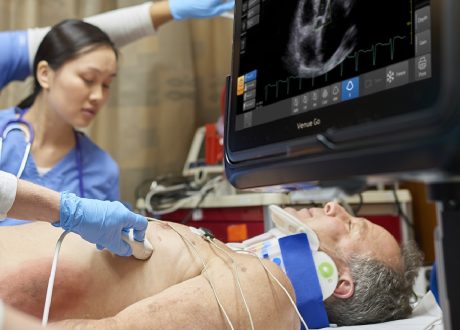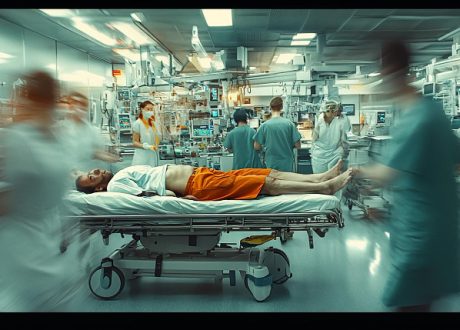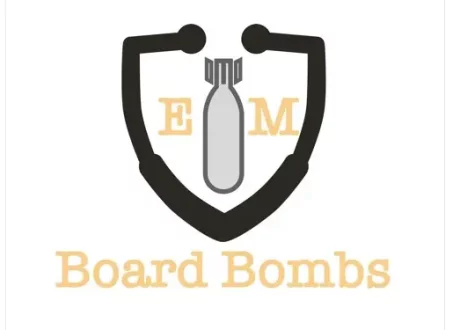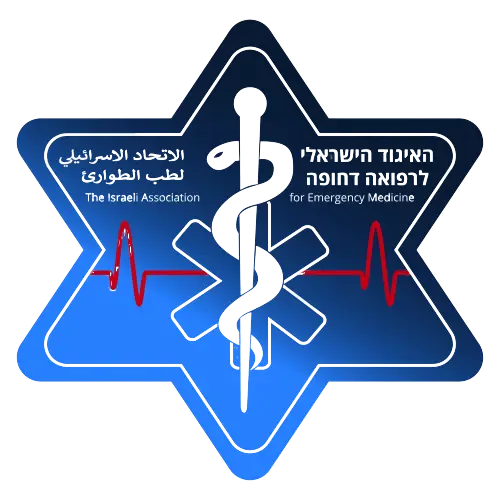Written by Vivian Lei
![]()
This ACEP clinical policy covers issues in the evaluating and managing ED patients with suspected appendicitis including clinical prediction rules, comparative imaging modalities, and need for IV contrast in CT imaging.
Still a hot topic: appendicitis
This ACEP clinical policy was updated recently for ED patients with acute nontraumatic abdominal pain and suspected appendicitis to address 3 questions:
1. In ED patients with possible acute appendicitis, can a clinical prediction rule be used to identify patients for whom no advanced imaging is required?
- Level B: In pediatric patients, clinical prediction rules, like the Alvarado score, pARC score, and PAS score, can be used for risk stratification for possible acute appendicitis but are insufficient for identifying patients who do not need advanced imaging.
- Level C: In adult patients, do not use clinical prediction rules to identify patients who do not need advanced imaging. There is not enough data.
2. In ED patients with suspected acute appendicitis, is the diagnostic accuracy of ultrasound comparable to CT or MRI for the diagnosis of acute appendicitis?
- Level B: In pediatric patients, use RLQ ultrasound to diagnose appendicitis. An unequivocally positive RLQ ultrasound with complete visualization of a dilated appendix is comparable in accuracy to a positive CT or MRI. For an equivocal ultrasound, consider watchful waiting, surgical consultation, hospital observation, and/or serial ultrasound assessments as alternatives to immediate MRI or CT.
- Level C: In adult patients, an unequivocally positive RLQ ultrasound is comparable in accuracy to a positive CT or MRI for acute appendicitis.
3. In ED patients who are undergoing CT of the abdomen and pelvis for suspected acute appendicitis, does the addition of contrast improve diagnostic accuracy?
- Level B: In adult and pediatric patients undergoing CT for suspected acute appendicitis, use IV contrast when feasible. Oral or rectal contrast does not improve diagnostic accuracy.
- Level C: In adult patients undergoing CT for suspected acute appendicitis, noncontrast CT may be used with minimal reduction in sensitivity.
How will this change my practice?
I do not have much confidence in the use of clinical prediction rules for appendicitis and the evidence for them is weak. When available, I will continue to use ultrasound as a first-line test in children and select adult patients.
Source
Clinical Policy: Critical Issues in the Evaluation and Management of Emergency Department Patients With Suspected Appendicitis: Approved by ACEP Board of Directors February 1, 2023. Ann Emerg Med. 2023 Jun;81(6):e115-e152. doi: 10.1016/j.annemergmed.2023.01.015.










